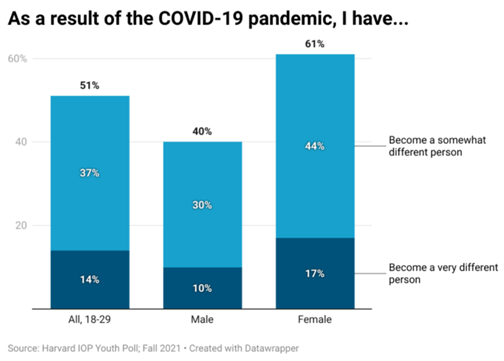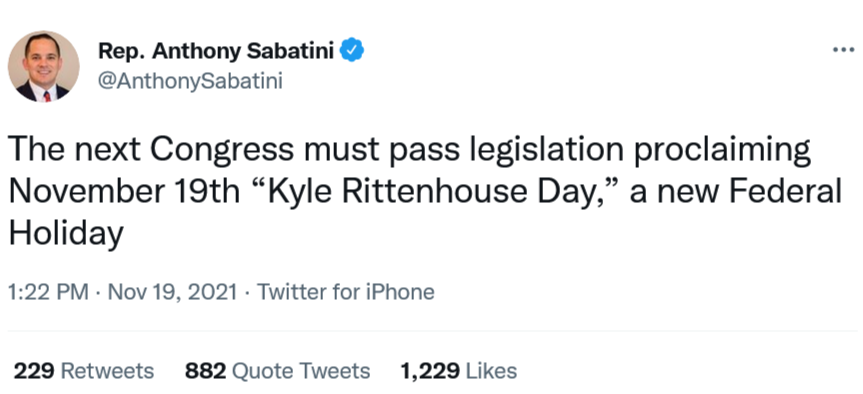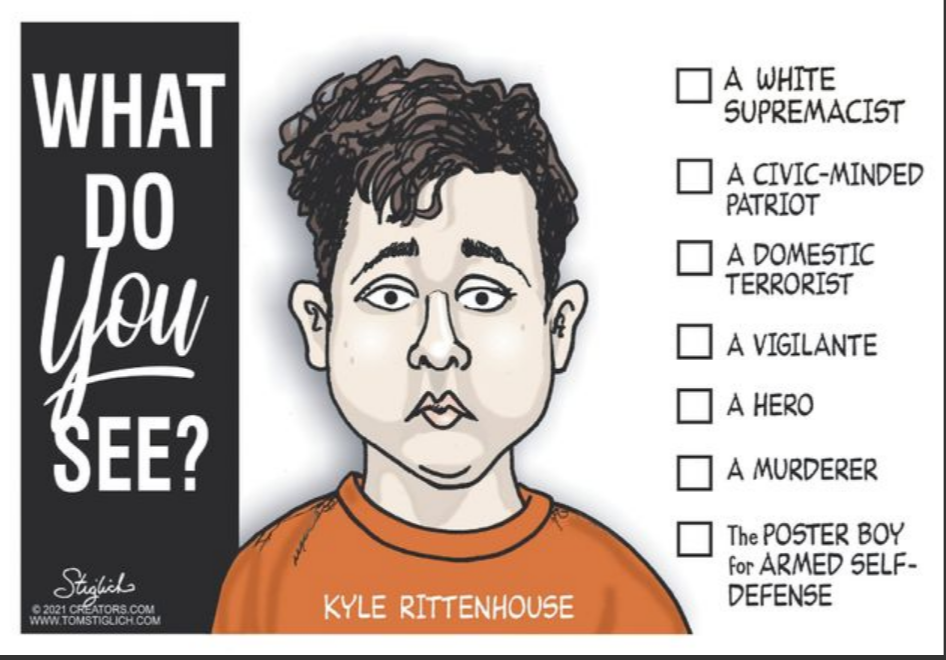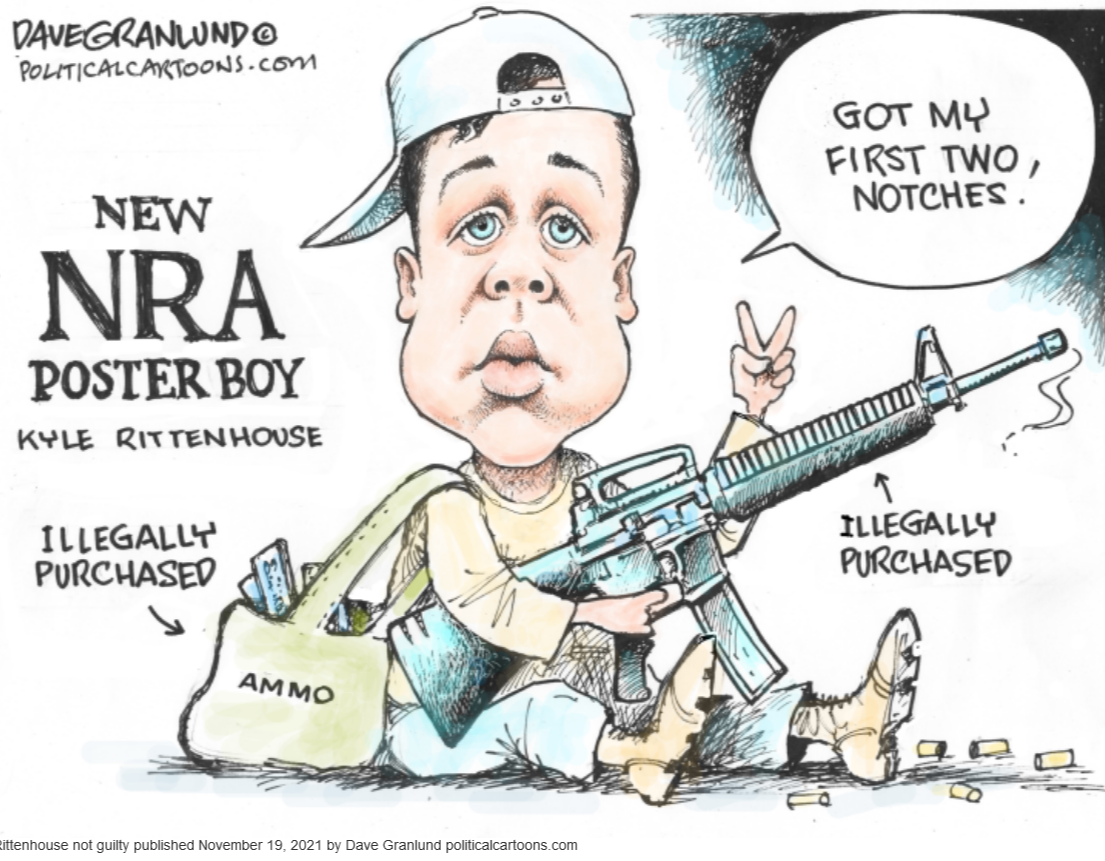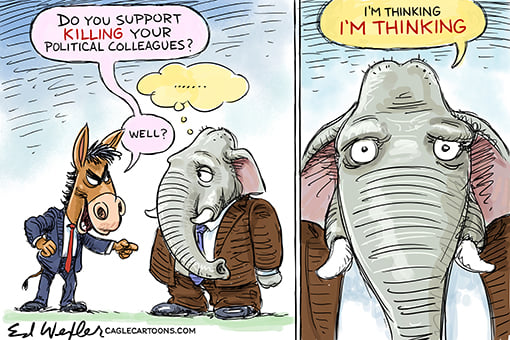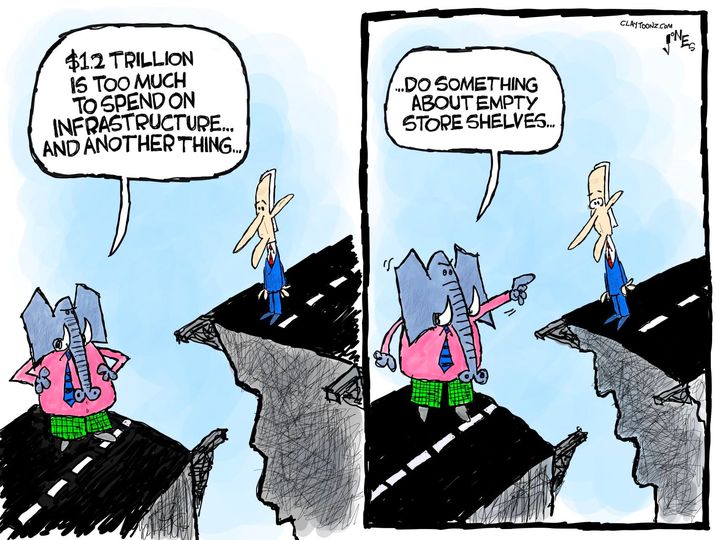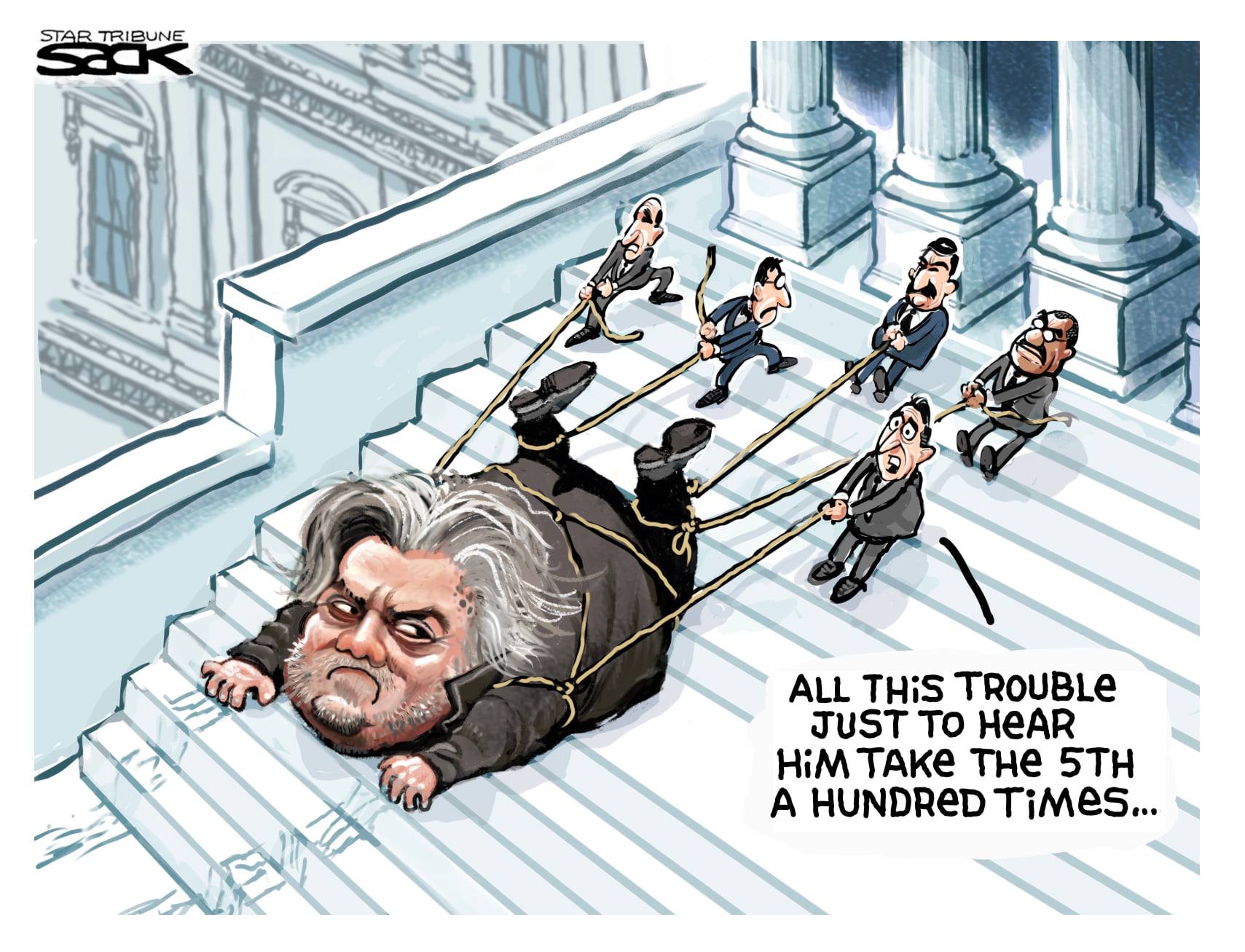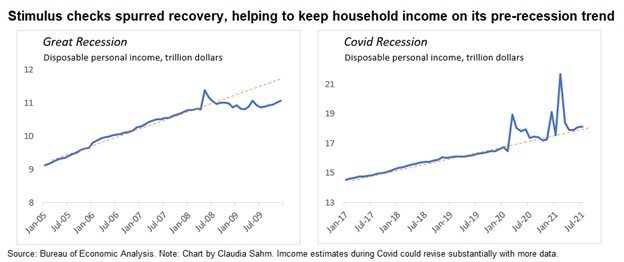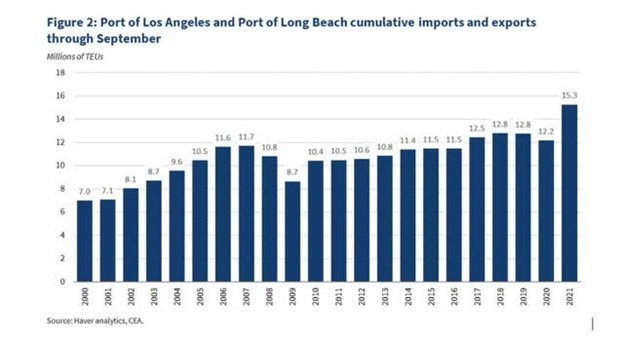The Daily Escape:

Christmas lights, New Milford Green, New Milford CT – December 2021 photo by Tom Allen. New Milford was founded in 1709.
James Fallows writes a column called “Breaking the News”. His most recent article looks at the growing mismatch between the formal structure of the US government (two Senators per state and the House ceiling of 435 members), and the astonishing population growth in the US since the Constitution was ratified in 1788.
Fallows says the main problem is that modern America is running on antique rules that are too hard to change and too easy to abuse. He sees a Constitutional shift from protecting minority rights, to enabling minority rule, which ultimately means a denial of democracy. A system that is not steered by its majority will not survive as a democracy.
Fallows outlines the changing nature of big vs. small in America. When the Constitution was being negotiated, two issues were big states vs. small states, and slaveholding states vs. non-slave states. At the time, the three most populous original states had around 10 times as many people as the three smallest. That was behind the agreement to the two-Senators-per-state deal. But today, the three most populous states—California, Texas, and Florida—have about 45 times the population of the three least populous, Wyoming, Vermont, and Alaska.
Second, the ceiling on the size of the House of Representatives must change. Fallows observes that when the country was founded, there were 65 members of the House. For the next century-plus, the size of the House increased after the Census, following changes in the US population. Just before World War I, the number was capped at its current level of 435. Today, the US population is about 90 times larger than it was in 1788, but the House is just 7 times as large.
Today there’s a bias against the needs of urban and suburban populations. There’s also a distinct small-state bias in the Electoral College. Each state’s representation in the Electoral College votes equals it’s number of Senate and House representatives. As House membership expanded through the 1800s from 65 to 435, House seats became relatively more important in Electoral College totals, and Senate seats relatively less so. From Fallows:
“To spell it out, in the first presidential election, Electoral Votes based on Senate seats made up nearly 30% of the Electoral College total. By 1912, the first election after House size was frozen, they made up only 18%.”
If the House were expanded, then the Electoral College outcome would more closely track the national popular vote.
Jill Lepore writing in the New Yorker, says that the US Constitution was the first national constitution that provided for its own revision. Article V is the amendment clause. The founders knew that the Constitution was imperfect; Article V left a Constitutional means for making it “more perfect.” Without an amendment provision, the only way to change the rules is to overthrow the government.
But it’s extremely difficult to amend our Constitution. Lepore says:
“The US Constitution has been rewritten three times: in 1791, with the ratification of the Bill of Rights, the first ten amendments; after the Civil War, with the ratification of the Reconstruction Amendments; and during the Progressive Era, with the ratification of the Sixteenth, Seventeenth, Eighteenth, and Nineteenth Amendments.”
She points out that by contrast:
“…American state constitutions have been amended over 7,500 times, amounting on average to 150 amendments per state.”
While state governments freely change, the US Constitution doesn’t. America’s older, but not necessarily wiser.
We could approve the National Popular Vote Interstate Compact. It would guarantee the presidency to the candidate who receives the most popular votes. The Electoral College has 535 votes, with 270 needed to win the presidency. In 2020, had 21,461 Biden voters actually switched to Trump, Trump would have won the Electoral College with 270 votes, despite Biden winning nationally by 7 million votes. Each of those 21,461 Biden votes (5,229 in Arizona, 5,890 in Georgia, and 10,342 in Wisconsin) were 329 times more important than the other 7 million votes.
The Compact would end the “winner-take-all” laws in the 48 of 50 states. If passed, the Compact would award their electoral votes in proportion to the votes the candidate receives. Article II gives the states exclusive control over the choice of method of awarding their electoral votes, so they can reform the system if they choose. The Compact would go into effect when enacted by states comprising at least 270 electoral votes.
Time to wake up America! Our current ineffective federal government must change. Otherwise, democracy is doomed.
To help you wake up, watch “Peace Train”, the 1971 anthem of hope and unity written by Yusuf/Cat Stevens, performed here by Playing for Change. This version features Keb’ Mo’ playing in CA, along with Yusuf playing in Istanbul, Rhiannon Giddens in Ireland, along with musicians from 12 countries:
This song is more relevant than ever.



